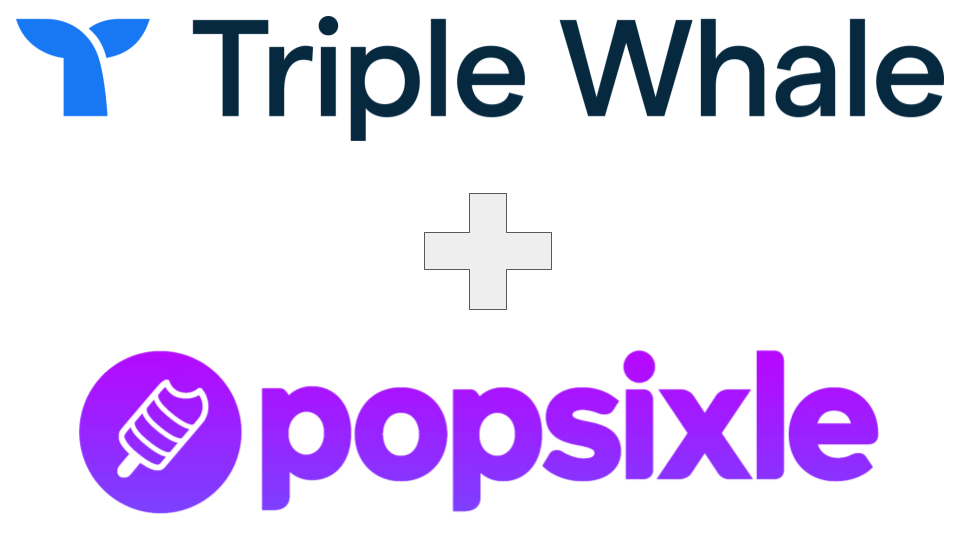As marketers adapt to the world of Facebook advertising post iOS14, they find themselves turning to a variety of tools to better understand their campaign performance. Most marketers have come to see 3rd party attribution tools, such as TripleWhale, as particularly valuable. But the data limitations created by iOS14 means that platforms like TripleWhale are not enough. Let’s explore what marketers need to make the most of Facebook campaign post iOS14.
What is attribution?
Attribution is a method of data analysis which identifies the most impactful data source for a specific outcome. In the case of digital marketing, attribution tools such as TripleWhale model out which marketing channel and/or target parameter was most responsible for the conversion within a campaign. As you can imagine, to do this well, TripleWhale requires a high volume of quality data from the campaign. If it doesn’t have this, the accuracy of its model falls and a marketer using the tool is given poor information for long term optimization.
How iOS14 impacted digital marketing
Back in March 2021, when iOS14 was released, consumers were given the ability to opt out of tracking from apps and websites. Apple even made the choice to opt-out the preferred option due to placement. (Some say this was all by design as Apple was laying the groundwork for its own advertising platform.) What matters most is that as a result, 92% of people chose not to have their data from Facebook's apps tracked. It got worse when Facebook's policy team decided to use a single opt-out for all of a user's data, regardless of the device. This indicates that all data from a user who has opted out is dropped, even if the data is coming from a non-iOS device. Currently, Facebook loses more than 60% of all data transmitted to it.
What are the limitations of just using TripleWhale to solve the iOS challenge
With the automated optimization of Facebook neutered by iOS14, marketers began to turn to attribution tools like TripleWhale to perform manual optimization. This works to a point because marketers are human, not machines. While Facebook, at its best, can optimize campaigns in real time throughout the day, a marketer can only optimize campaigns daily using TripleWhale. Furthermore, Facebook can optimize targeting and creative in depth, while a marketer, using TripleWhale, optimize primarily at the channel level and budget level.
How can marketers fix this situation?
The answer is pretty simple. Marketers need to find more high quality, real time purchase data to feed Facebook. With more quality data, Facebook can scale up your campaign’s best performing ads faster. This would give a marketer both of his tools - automated optimization powered by machine learning and manual optimization powered by TripleWhale.
Popsixle was purpose built to restore the flow of data from a website back to Facebook. And Popsixle lets brands take back ownership of their data governance so that Apple and Facebook have less control over what data can be used.

The power of Triplewhale and Popsixle combined
By combining Popsixle and TripleWhale, you can get the best of both worlds. Popsixle will restore the data being sent back to Facebook to pre-iOS14 days. TripleWhale will then help you measure the impact of that restored data - providing more accurate channel recommendations. Further, customers using Popsixle have seen Facebook's pixel attribution improve, which leads to better, faster optimization of in-campaign ads. Lastly, seeing similar numbers across Facebook and TripleWhale gives brands greater confidence about the campaign.
Overcoming the challenges presented by iOS14 changes requires more than one solution. With Popsixle and Triplewhale, marketers have the power they need to get back to delivering great campaigns.